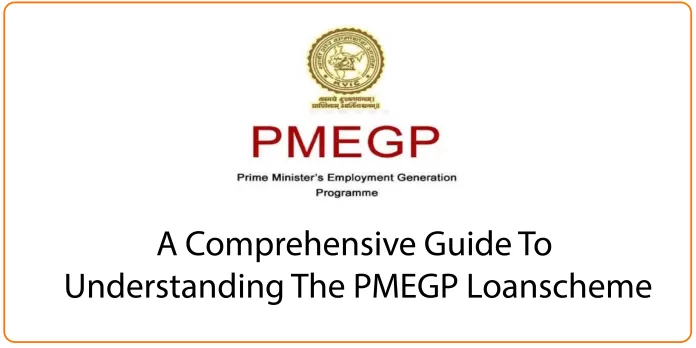In a bid to promote self-employment and generate job opportunities in both rural and urban areas, the Government of India introduced the Prime Minister Employment Generation Programme (PMEGP). This credit-linked subsidy scheme aims to facilitate the establishment of micro-enterprises, providing financial assistance to entrepreneurs across various sectors. In this article, we delve into the objectives, benefits, eligibility criteria, loan amounts, subsidy details, collateral requirements, interest rates, and the application process of the PMEGP loan scheme.
Objectives of the PMEGP Loan Scheme
- Job Creation: The primary goal of PMEGP is to create employment opportunities by encouraging the launch of new self-employment programs, micro-enterprises, and ventures in both urban and rural areas.
- Support for Traditional Artisans: The scheme aims to support widely scattered traditional artisans and unemployed youth by providing them with self-employment options, thus preserving traditional craftsmanship.
- Rural-Urban Employment Stability: PMEGP aims to create long-term and consistent employment for rural and urban youth, reducing migration rates from rural to urban areas.
- Economic Growth: By increasing the earning potential of artisans and accelerating employment growth, PMEGP contributes to the overall economic development of the regions and the nation.
Eligibility Criteria
The PMEGP Loan Scheme is available to individuals, groups of individuals forming joint enterprises, and institutions registered under the Societies Registration Act, 1860, or any other applicable law.
Loan Amounts and Subsidy Details
The loan amount under the PMEGP scheme depends on the type of business being set up. For manufacturing businesses, the maximum loan amount is Rs. 50 lakh, while for service businesses, it is Rs. 20 lakh. The subsidy amount ranges from 15% to 35% of the project cost, with different subsidy rates for urban and rural areas and special categories.
PMEGP Loan Limits and Collateral Requirements
The PMEGP loan limit ranges from Rs. 9.5 lakh to Rs. 50 lakh. Collateral requirements vary based on the project cost, with projects up to Rs. 10 lakh not requiring collateral as per RBI guidelines. For projects between Rs. 5 lakh and Rs. 25 lakh, CGTMSE provides a collateral guarantee, while projects over Rs. 10 lakh may require collateral depending on the lender’s terms.
Interest Rates and Key Details
PMEGP loans typically have interest rates between 11% and 12%. Banks can sanction funding up to 95% of the project cost, with the government providing 15% to 30% of the project cost as a margin money subsidy. Repayment tenure ranges from 3 to 7 years, with a preliminary moratorium period.
PMEGP Loan Application Process
Prospective beneficiaries can apply for PMEGP loans through the State/Divisional Directors of KVIC in consultation with KVIB and the Director of Industries of respective states. Advertisements are locally disseminated through print and electronic media to invite applications.
Additionally, applicants can submit their applications online at https://www.kviconline.gov.in/pmegpeportal/pmegphome/index.jsp, followed by the submission of a printed application along with a detailed project report and other required documents to respective offices.
Benefits of the PMEGP Loan Scheme
- Low-Interest Loans and Subsidies: PMEGP provides low-interest loans and subsidies to set up new micro-enterprises in the non-farm sector for rural and urban areas.
- Encouragement for Financial Institutions: The scheme encourages financial institutions to increase credit flow to the micro sector, reducing dependency on money lenders.
- Employment Opportunities: PMEGP offers employment opportunities to traditional artisans and unemployed youth, addressing the issue of rural-to-urban migration.
- Equal Opportunity: The scheme ensures equal and fair opportunities for all, with eligibility criteria that are not overly intensive.
- Broad Industry Coverage: PMEGP covers most industries, except those included in the negative industries list.
The Prime Minister Employment Generation Programme (PMEGP) serves as a beacon for aspiring entrepreneurs in India, providing a robust framework for financial assistance, skill development, and employment generation. By promoting self-employment and micro-enterprises, PMEGP contributes to the socio-economic development of the country, empowering individuals to chart their own paths towards economic prosperity.
Aspiring entrepreneurs are encouraged to explore the opportunities offered by the PMEGP scheme and embark on their entrepreneurial journey with the support of government initiatives.


